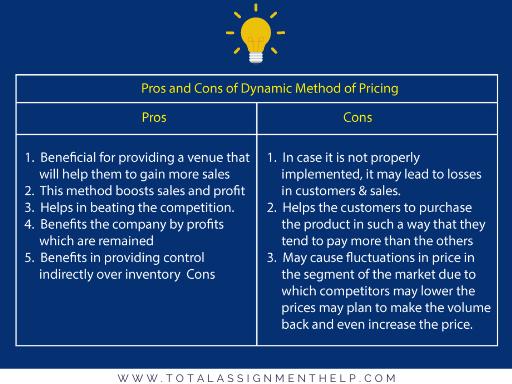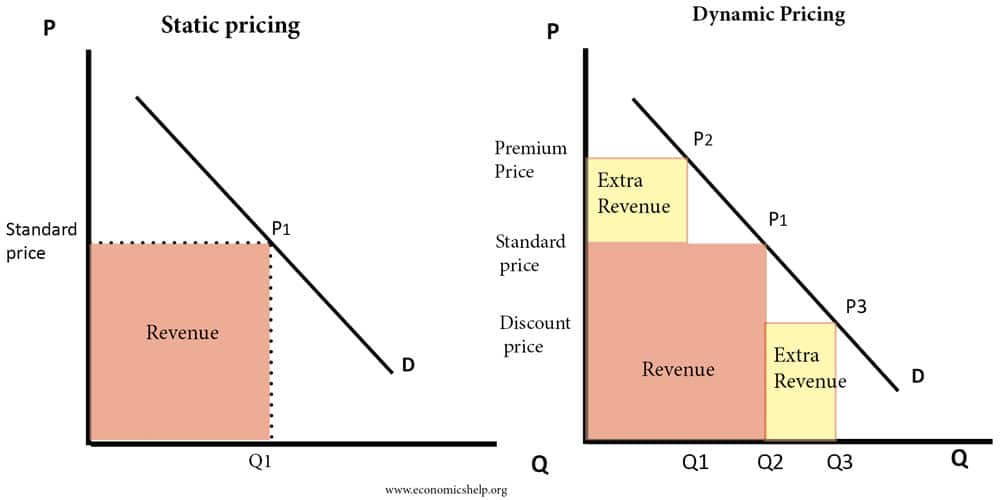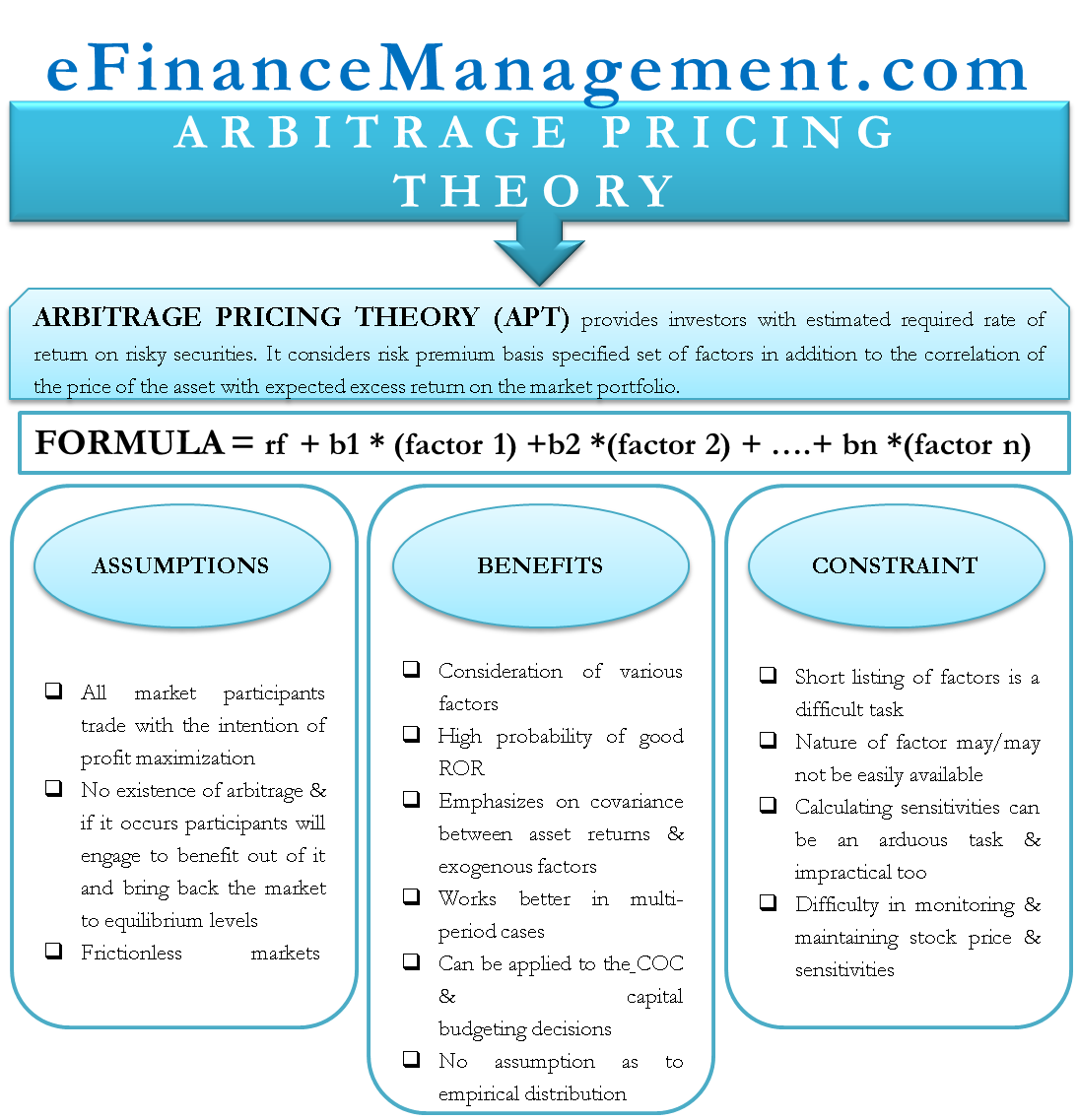

Several delivery businesses demand an additional fee for same-day delivery.Ĭost-plus pricing simply means selling a product you produce for a higher price.

With each new collection, ecommerce retailers can reduce the price of previous collections to get rid of obsolete inventory.An example of this is decreasing taxi fares at night to encourage usage. Varying rates sometimes benefit transportation enterprises greatly.Here are a few examples to get you started: Alternatively, your corporation may wish to provide incentives to encourage purchasing for various reasons. It's common in businesses where service or product demand fluctuates throughout the day. This pricing strategy covers a wide range of scenarios. This type of dynamic pricing is typically used for promotions and to target various price sensitivities. These include discounts for specific identified groups, such as public servants and senior citizens. There are several types of dynamic pricing strategies, some of which include: As a result, this year will likely see a B2B acquisition race, with early adopters likely to outperform their competition. There are now many low-cost services and solutions available for practically every business type. Traditionally, dynamic pricing has been a method that was only available to a select few sellers, such as Amazon, because of its hefty implementation price tag. Your decision to do this may be impacted by current-day requirements and trends.ĭynamic pricing became popular in the ecommerce market in 2015, but it is expected to grow significantly in use in 2022. The internet allows vendors to easily adjust their prices, which are affected by fluctuations in demand.Īs a result of dynamic pricing, you may modify predetermined price settings.

The dynamic pricing discussed in this post is explicitly tailored to web-based businesses, which have exploded significantly in recent years. To identify the best pricing strategy for your product or services, consider factors such as the customer propensity to acquire an item at a specific moment, supply and demand, competitor prices, and other external market pressures.ĭynamic pricing is a relatively standard practice in several industries, including public transportation, electricity, shopping, entertainment, leisure, and hospitality. In a sense, it's a form of pricing discrimination. Firms use this strategy to assess current market requirements and set adaptable prices for products and services. Dynamic pricing is also known as surge pricing or time-based costing.


 0 kommentar(er)
0 kommentar(er)
